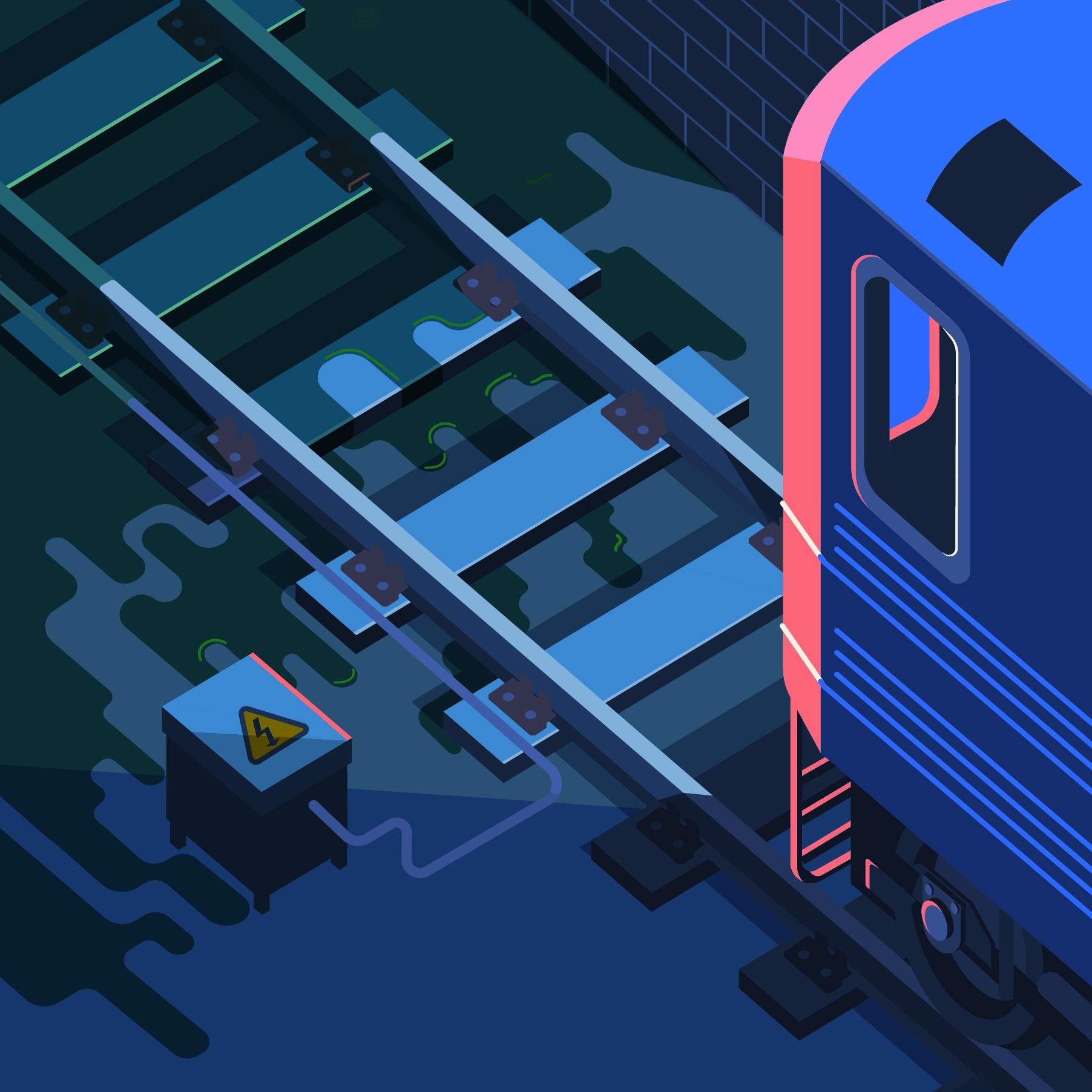
New York City is connected to New Jersey by two decrepit single-track train tunnels running beneath the Hudson River, each 106 years old and in desperate need of an overhaul. Their concrete is cracking. Both tunnels flooded during Superstorm Sandy, and chlorides from the seawater further damaged walls, tracks and electric cables, resulting in frequent delays.
If either of the tubes were to be shut down for an extended period–a distinct possibility, given their age and compromised condition–some 75% fewer Amtrak and New Jersey Transit trains would run between New York and New Jersey. The increased gridlock in Manhattan alone, according to one transportation economist, would result in $300 million in lost productivity per year. But the harm would ripple far beyond the Big Apple. The tunnels are a critical artery for the most used stretch of passenger rail in the nation, key to shuttling people from Boston to Washington, D.C.
“A tunnel shutdown is an existential threat to the economy of New York, the Northeast and by extension the whole country,” says Tom Wright, president of the Regional Plan Association.
Luckily, a solution is in the works. The Gateway Program calls for a series of improvements to the rail infrastructure between Newark, N.J., and Manhattan’s Penn Station, costing about $24 billion. Federal and local entities would split the cost 50-50. The most crucial component: a plan to build two new tunnels under the Hudson. Once they’re in service, the old tunnels can finally be shut down for renovation. When all construction is completed, the four tunnels under the river–plus new tracks at Penn Station–will double train capacity, easing congestion on the tracks and in waiting areas, where commuters chafe at frequent delays, routine bottlenecks and an air of uncertainty that carries costs both economic and emotional. According to an analysis prepared for Amtrak, for every dollar invested in the Gateway project, the New York metro area will see $2.20 to $3.90 in economic benefit.
Excuse some New Yorkers for scoffing while they wait. After all, the first phase of the infamous Second Avenue subway line just opened–a cool 97 years after it was first proposed. But Gateway, a truly arterial project, has some momentum. The new tunnels are already under environmental review. Governors and Senators from New York and New Jersey want it. And the project’s board includes federal and local stakeholders. Barring hiccups, tunnel construction could begin in 2019 and be completed by 2025.
“We have been living off the infrastructure investments of our parents and grandparents, and in this case, our great-grandparents,” says John Porcari, executive director of the Gateway Program Development Corporation. “The challenge for Gateway is to make sure we are paying it forward to the next generations.”
No one’s rooting harder for the project than those harried commuters in claustrophobic Penn Station, where passengers funnel into thin stairwells like an ocean squeezing into a straw. One recent day, a train was so crowded that the conductor encouraged passengers to email railroad officials to complain. That drew a laugh.
“Oh, it has its days,” Terri Jackson, a hospital administrator from East Orange, N.J., said of her commute. Better days may be ahead.
More Must-Reads From TIME
- The 100 Most Influential People of 2024
- Coco Gauff Is Playing for Herself Now
- Scenes From Pro-Palestinian Encampments Across U.S. Universities
- 6 Compliments That Land Every Time
- If You're Dating Right Now , You're Brave: Column
- The AI That Could Heal a Divided Internet
- Fallout Is a Brilliant Model for the Future of Video Game Adaptations
- Want Weekly Recs on What to Watch, Read, and More? Sign Up for Worth Your Time
Write to Sean Gregory at sean.gregory@time.com